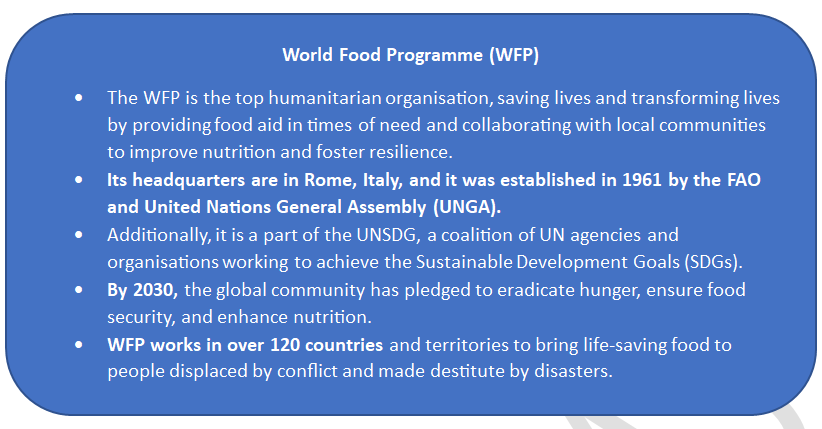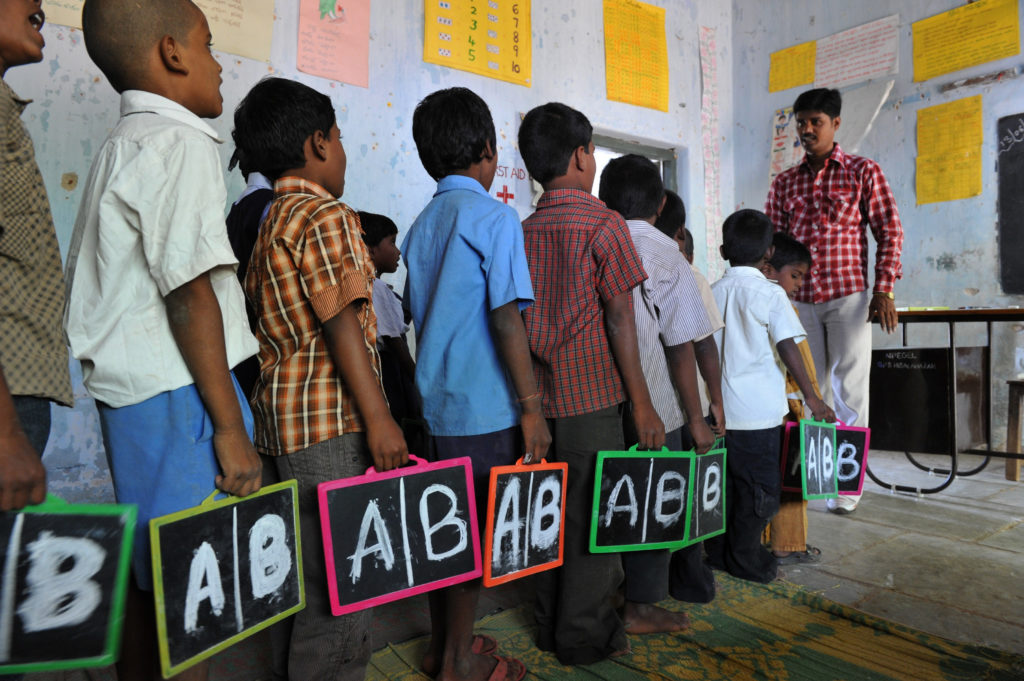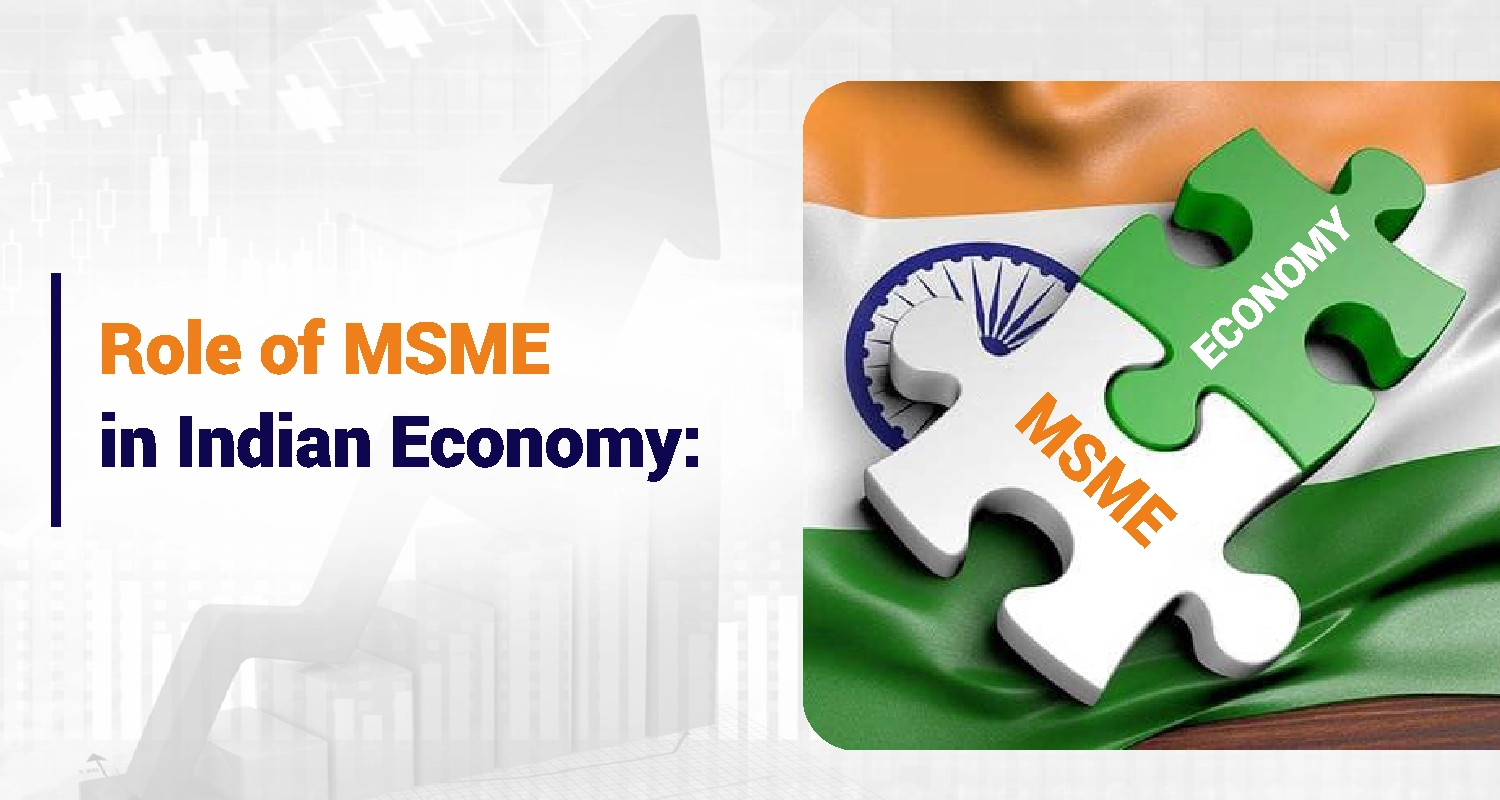- Courses
- GS Full Course 1 Year
- GS Full Course 2 Year
- GS Full Course 3 Year
- GS Full Course Till Selection
- Answer Alpha: Mains 2025 Mentorship
- MEP (Mains Enrichment Programme) Data, Facts
- Essay Target – 150+ Marks
- Online Program
- GS Recorded Course
- Polity
- Geography
- Economy
- Ancient, Medieval and Art & Culture AMAC
- Modern India, Post Independence & World History
- Environment
- Governance
- Science & Technology
- International Relations and Internal Security
- Disaster Management
- Ethics
- NCERT Current Affairs
- Indian Society and Social Issue
- NCERT- Science and Technology
- NCERT - Geography
- NCERT - Ancient History
- NCERT- World History
- NCERT Modern History
- CSAT
- 5 LAYERED ARJUNA Mentorship
- Public Administration Optional
- ABOUT US
- OUR TOPPERS
- TEST SERIES
- FREE STUDY MATERIAL
- VIDEOS
- CONTACT US
HUNGER HOTSPOTS
HUNGER HOTSPOTS

Latest Context
India's neighbours, Pakistan, Afghanistan, and Myanmar are among the world's hunger hotspots, according to a new report by the Food and Agriculture Organisation (FAO) and World Food Programme (WFP) titled Hunger Hotspots - FAO-WFP early warnings on severe food insecurity.
Key Highlights of the Report
Hot Spots with Very High Concern:
- There are 22 nations and 18 regions where there is a risk that acute food insecurity may worsen.
- The Democratic Republic of the Congo, Pakistan, the Syrian Arab Republic, Ethiopia, Kenya, the Central African Republic, and the Central African Republic are hotspots with very high concern.
- All of these hotspots have a high number of people who are critically acutely food insecure, together with drivers whose conditions are expected to get worse in the upcoming months and make the situation even more life-threatening.
Countries at Highest Concern Level:
- The top five countries for concern are still Yemen, South Sudan, Somalia, Nigeria, and Afghanistan.
- Due to the significant limitations on the movement of people and products in Haiti as well as in Burkina Faso and Mali, as well as the recent escalation of conflict in Sudan, Haiti, the Sahel (Burkina Faso and Mali), and all three countries have been moved to the highest concern levels.
Expected to Face Starvation:
- Given that they already have extreme food insecurity and are dealing with significant aggravating factors, all of the hotspots at the highest level include populations who are either expected to face famine or who are at danger of deteriorating towards catastrophic circumstances.
New Emerging Conflicts:
- A number of nearby nations will likely be impacted by new rising conflicts, which will probably influence global conflict patterns.
- People in various hunger hotspots continue to experience catastrophic levels of acute food insecurity as a result of the use of explosive ordnance and siege tactics.
Weather Extremes:
- In some nations and areas, weather extremes such torrential downpours, tropical storms, cyclones, flooding, drought, and increased climatic variability continue to be major factors.
- According to the May 2023 projection, there is an 82% chance that an El Nio would develop between May and July 2023, which will have a big impact on a number of areas that are very hunger hotspots.
Economic Shocks:
- Deepening economic shocks continue to drive low- and middle-income nations deeper into crisis.
Recommendations
- In areas where severe hunger is at a high risk of getting worse from June to November 2023, immediate humanitarian intervention is required to save lives, preserve livelihoods, and avoid starvation and death.
- Forecasts and their effects on output must be continually monitored.
- All 18 hunger hotspots need immediate and stepped-up help to safeguard livelihoods and improve access to food.
- To prevent severe food insecurity and malnutrition from becoming any worse, this is crucial.
- Humanitarian efforts are essential in averting more famine and death in the areas of greatest concern.
Facts about Food and Agriculture Organization (FAO)
- The FAO is a specialised agency of the UN that directs global initiatives to end hunger.
- Every year on October 16th, people all around the world commemorate World Food Day. The anniversary of the FAO's inception in 1945 is commemorated on this day.
- One of the UN's agencies for food assistance, it is situated in Rome, Italy. The World Food Programme and the International Fund for Agricultural Development (IFAD) are its sibling organisations.
Steps Taken:
- Globally Important Agricultural Heritage Systems (GIAHS).
- Monitors the Desert Locust situation throughout the world.
- The Codex Alimentarius Commission or CAC is the body responsible for all matters regarding the implementation of the Joint FAO/WHO Food Standards Programme.
- The International Treaty on Plant Genetic Resources for Food and Agriculture was adopted by the Thirty-First Session of the Conference of the FAO in 2001.
Flagship Publications:
- The State of World Fisheries and Aquaculture (SOFIA).
- The State of the World's Forests (SOFO).
- The State of Food Security and Nutrition in the World (SOFI).
- The State of Food and Agriculture (SOFA).
- The State of Agricultural Commodity Markets (SOCO).


Q. The FAO accords the status of ‘Globally Important Agricultural Heritage System (GIAHS)’ to traditional agricultural systems. What is the overall goal of this initiative? (2016)
1.To provide modern technology, training in modern farming methods and financial support to local communities of identified GIAHS so as to greatly enhance their agricultural productivity.
2.To identify and safeguard eco-friendly traditional farm practices and their associated landscapes, agricultural biodiversity and knowledge systems of the local communities.
3.To provide Geographical Indication status to all the varieties of agricultural produce in such identified GIAHS.
Select the correct answer using the code given below:
(a) 1 and 3 only
(b) 2 only
(c) 2 and 3 only
(d) 1, 2 and 3
Ans: (b)
Must Check: Best IAS Coaching Centre In Delhi



